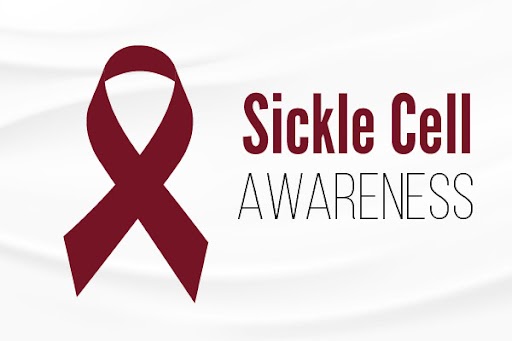What is Sickle Cell Disease
September is Sickle Cell Awareness Month. An inherited red blood cell disorder in which red blood cells become rigid and sticky, and instead of a healthy round appearance, become c-shaped. This leads to blocked blood flow and the breakdown of the cells inside the blood vessels. The sickle cell lifespan is also shorter, leading to many having fewer blood cells.
So what exactly does this mean for those living with sickle cell? The cause, risk, and symptoms are explained below:
What Causes Sickle Cell?
An inherited disease, sickle cell anemia, is passed on to the same way your eye or hair color would be. Those born with sickle cell must have two parents that carry the gene. It is not something you develop over time or something spread to others; it is simply a disorder that one from birth.
What Are The Symptoms and Complications?
Although you are born with sickle cell, symptoms don’t start surfacing until five months of age. Symptoms are unique to the person and can even change throughout their life.
Some of the most common symptoms include:
Anemia: Sickle cells break down and die quicker than healthy red blood cells; this is known as anemia. Often, this leads to fatigue due to the lack of oxygen.
Periods of pain and swelling:
One of the most common symptoms many experiences is pain — since sickle cells block blood flow in your tiny blood vessels. The most common areas where pain may be experienced are in the chest, joints, and abdomen. In addition to pain, swelling in your feet and hands can occur, too.
Vision and growth issues: If sickle cells move to your eye, the retina can be damaged, leading to long-term vision problems.
The lack of red blood cells needed to help provide oxygen and nutrients (a vital part of growth) can delay puberty. Many are also at higher risk for infection.
When swelling, pain, pale skin, signs of a stroke or fever occur, seek immediate medical attention. Long term, it can lead to a variety of issues such as:
Stroke
Organ damage
Leg ulcers
Gallstones
Pulmonary hypertension
Is There a Cure?
When severe Sickle Cell Disease is present (usually in children with minor organ damage), bone marrow or a stem cell transparent might be suggested. Because these are risky procedures that require a very close donor match, it’s not an option for all. The most common management plan is often avoiding pain episodes, relieving symptoms, and steering clear of complications. This may include medication along with maintaining a healthy lifestyle and at-home remedies.
More Than Just Cancer Care in New York
The doctors here at New York Cancer & Blood Specialists are here for you every step of the way through your health journey. Please give us a call at (855) 528-7322 to learn more.


